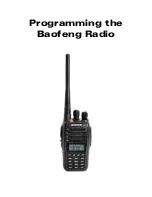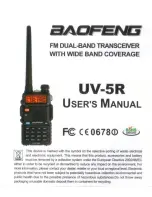
15
EN
drops below the low voltage threshold (3.5 volts), the DSM receiver must
reboot (go through the start-up process of scanning the band and finding
the transmitter) and this can take several seconds.
4. Q: Sometimes my receiver loses its bind and won’t connect requiring
rebinding. What happens if the bind is lost in flight?
A: The receiver will never lose its bind unless it’s instructed to. It’s important to
understand that during the binding process the receiver not only learns the
GUID (code) of the transmitter but the transmitter learns and stores the type
of receiver that it’s bound to. If the transmitter is put into bind mode, the
transmitter looks for the binding protocol signal from a receiver. If no signal
is present, the transmitter no longer has the correct information to connect
to a specific receiver and in essence the transmitter has been “unbound”
from the receiver. We’ve had several DX7 customers that use transmitter
stands or trays that unknowingly depress the bind button and the system
is then turned on losing the necessary information to allow the connection
to take place. We’ve also had DX7 customers that didn’t fully understand
the range test process and pushed the bind button before turning on the
transmitter also causing the system to “lose its bind.”
If the system fails to connect, one of the following has occurred:
• The transmitter is near conductive material (transmitter case, truck bed,
etc.) and the reflected 2.4GHz energy is preventing the system from
connecting. (See 2nd question above)
• The transmitter was put into bind mode knowingly (or unknowlingly)
causing the transmitter to no longer recognize the receiver.








































